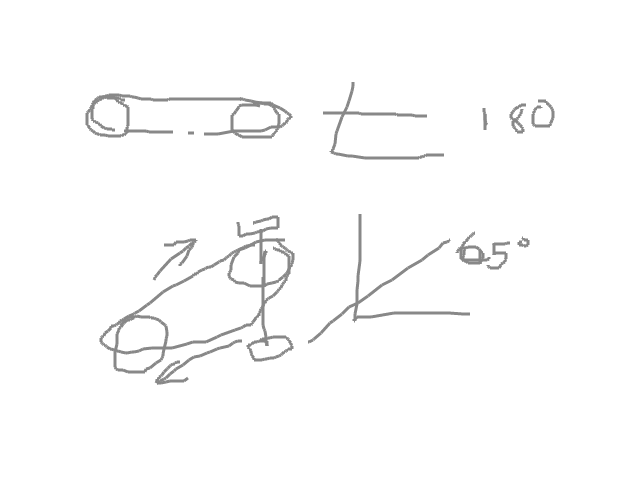I am assuming that you are referring to a real bicycle in contrast to an exercise bicycle. In my estimation, with a real bicycle, there could a difference in the performance between the two configurations IF the center of gravity of the entire system were to shift toward the rear wheel( assuming the rear wheel is on the left side of the sketch). More weight on the rear wheel, to which the left sprocket would be at it center, means a greater frictional force between wheel and pavement; but that could be offset by a lesser weight on the front wheel depending on frame design, therefore the overall energy expanded would or not remain the same.

